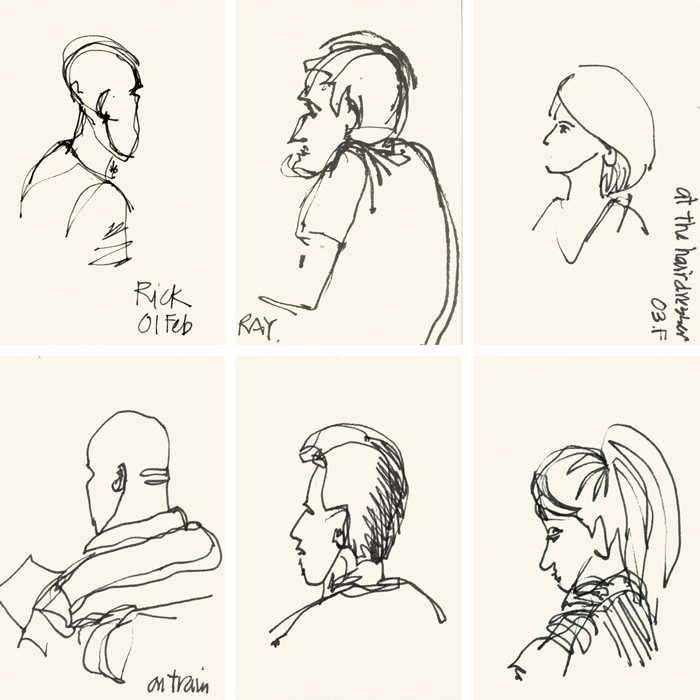
Discover the art of nature sketching with these 9 fantastic techniques that will elevate your skills and bring your drawings to life.
From understanding basic shapes and forms to mastering proportions and perspective, this article will provide you with the tools and knowledge to create realistic and captivating sketches.
With a focus on light, shadow, color, and composition, you'll learn how to capture the intricate details of nature and experiment with different materials to express your creativity.
Embark on a journey of artistic freedom and enhance your nature sketching abilities today.
One of the most crucial aspects of nature sketching is the understanding of basic shapes and forms. To create accurate and lifelike sketches, it is essential to have a strong foundation in understanding volume and form. By breaking down the natural elements into their basic shapes, artists can better observe and capture their essence.
Whether it is a tree, a flower, or a mountain range, every subject can be broken down into geometric forms such as spheres, cylinders, and cones.
Exploring different mark making techniques is another important aspect of understanding basic shapes and forms in nature sketching. By experimenting with various strokes and textures, artists can add depth and dimension to their sketches. Cross-hatching, stippling, and blending are just a few examples of mark making techniques that can be used to convey the different textures and surfaces found in nature.
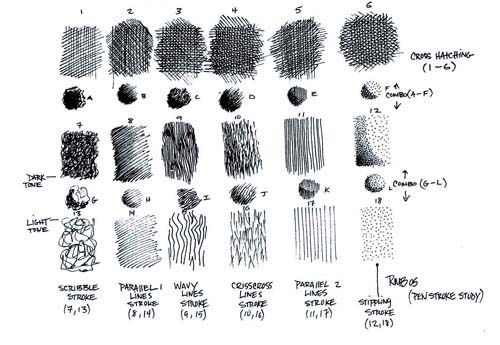
Exploring Different Textures and Lines
To truly elevate your nature sketches, it is essential to experiment with a variety of textures and lines, allowing you to create depth, detail, and visual interest in your artwork.
By exploring different textures, you can capture the roughness of tree bark, the softness of petals, and the smoothness of water. Try using hatching and cross-hatching techniques to create texture in your sketches, or experiment with stippling to add a sense of depth and dimension.
Additionally, playing with different lines can help you convey movement, direction, and emotion in your artwork. Thin, delicate lines can depict gracefulness, while bold, thick lines can express strength and power.
Don't be afraid to push the boundaries and mix different textures and lines to create unique and captivating nature sketches.
Mastering Proportions and Perspective
Developing a strong understanding of proportions and perspective is crucial for achieving accurate and realistic nature sketches. Proportions ensure that the elements in your sketch are properly sized and balanced, while perspective creates depth and dimension.
To master proportions, observe the subject carefully and compare the size of different elements to each other. Pay attention to the relationships between objects and their surroundings.
Perspective, on the other hand, involves creating the illusion of distance and space. Use foreshortening techniques to accurately depict objects that are closer or farther away. This technique adds depth and realism to your sketches.
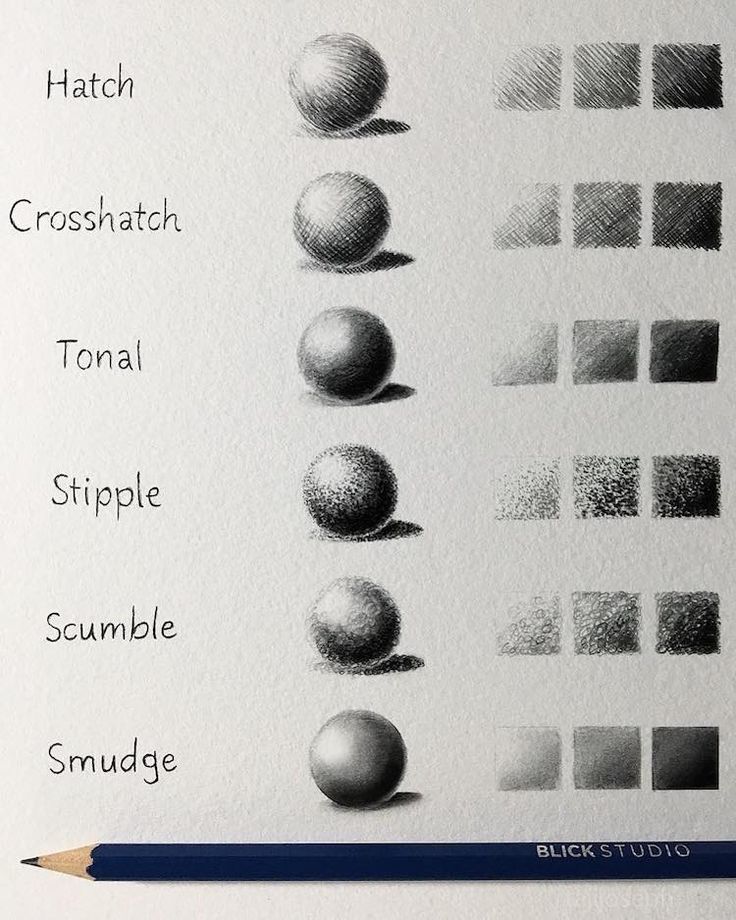
Additionally, capturing movement in nature sketches requires a keen eye for observing and representing the dynamic qualities of the subject. Study the flow and gestures of plants, animals, or water to bring life into your sketches.
Practice these skills, and soon you will be able to create nature sketches that truly capture the essence of the natural world.
Utilizing Light and Shadow
When it comes to nature sketching, understanding how to utilize light and shadow is crucial in creating realistic and captivating drawings.
One way to enhance depth in your sketches is by incorporating shadows, which add dimension and create the illusion of three-dimensionality.
Additionally, capturing the natural lighting of your subject can bring life to your sketches, as it highlights the textures and details of the natural world.
Lastly, playing with dramatic contrasts between light and shadow can add visual interest and evoke a sense of mood and atmosphere in your nature sketches.
Enhancing Depth With Shadows
While shadows can be used to enhance depth in nature sketching, it is important to understand the role of light and shadow in creating a realistic and three-dimensional representation. By using cross-hatching techniques and exploring different shading methods, you can effectively create depth and dimension in your nature sketches. Here are four ways to enhance depth with shadows:
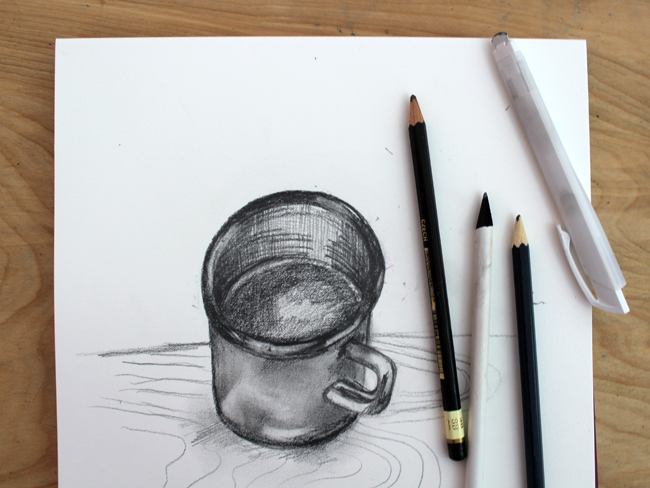
Cast Shadows: When an object blocks the light source, it creates a cast shadow on the surface behind it. Pay attention to the direction and length of these shadows to add depth to your sketch.
Form Shadows: Form shadows are the darker areas on an object that are not directly facing the light source. They help define the shape and contours of the object.
Highlight and Shadow Contrast: By emphasizing the contrast between highlights and shadows, you can create a greater sense of depth and realism in your sketches.
Gradation: Gradually transitioning from light to dark tones can add depth and volume to your sketches, making them appear more three-dimensional.
Capturing Natural Lighting
The utilization of light and shadow is essential in capturing the natural lighting and enhancing the visual impact of your nature sketches.
When sketching outdoors, it is crucial to pay attention to how the sunlight interacts with the environment. Notice how the light falls on the trees, creating intricate patterns of shadows. These shadows add depth and dimension to your sketches, making them more realistic and captivating.
Moreover, capturing reflections can bring life to your artwork. Observe how the sunlight reflects off the water's surface, creating a shimmering effect. It is essential to carefully observe and replicate these reflections in your sketches.
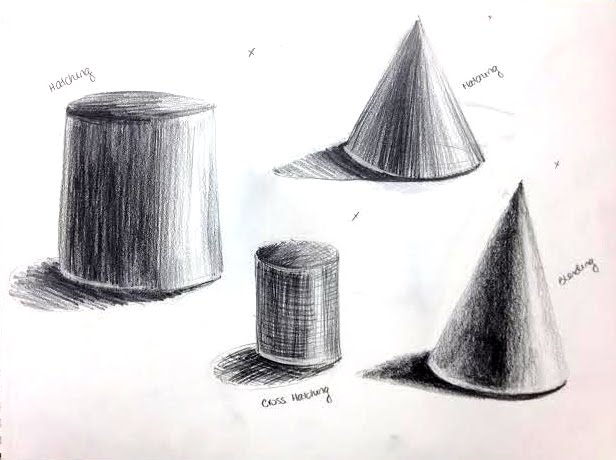
Additionally, capturing movement in your nature sketches can add a dynamic element to your artwork. Pay attention to how the light plays on moving leaves or flowing water, and try to capture their motion on paper.
Creating Dramatic Contrast
To achieve dramatic contrast in your nature sketches, master the art of utilizing light and shadow effectively. This technique creates a captivating visual experience for the viewer, drawing their attention to specific elements in your artwork. Here are some ways to create this dramatic lighting and emphasize a focal point:
Play with the angle of light: Experiment with different angles of sunlight or artificial light sources to cast intriguing shadows and highlights on your subject.
Contrast values: Enhance the contrast between light and dark areas by using a range of values in your sketches. This will add depth and dimension to your artwork.
Direct the eye: Use strategic placement of shadows and highlights to guide the viewer's gaze towards the focal point of your composition.
Create dramatic silhouettes: Incorporate strong, bold shapes against a contrasting background to create striking silhouettes that demand attention.
Adding Depth and Dimension With Value
By employing various shading techniques, you can effectively add depth and dimension to your nature sketches. Value refers to the range of lightness to darkness in an artwork.
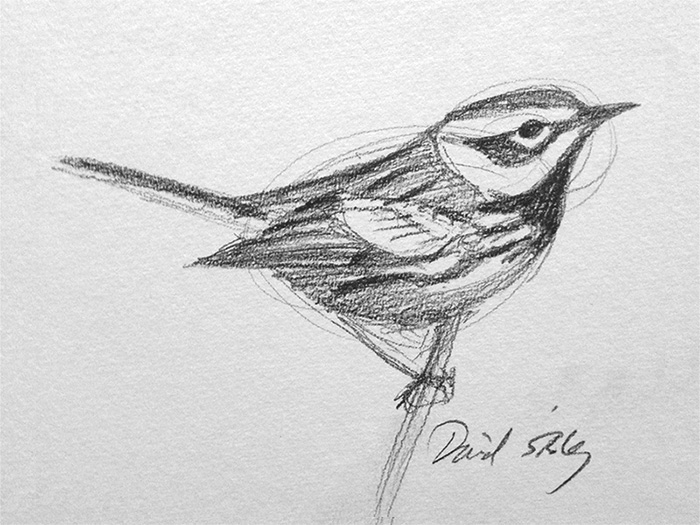
To create realistic textures, it is important to understand how value can enhance the three-dimensional quality of your sketches. Start by observing the light source in your scene and identify the areas that receive direct light and those that are in shadow. Use lighter values to depict areas that are hit by the light, while darker values can be used to show areas in shadow.
By adding highlights and reflections, you can further enhance the depth and dimension of your sketches. Highlights are areas where light directly hits an object, while reflections are the bounced light that appears on surfaces.
Incorporating Color and Mixing Techniques
With a careful selection of colors and the application of various mixing techniques, you can bring vibrancy and life to your nature sketches. Color blending is an essential skill that allows you to create smooth transitions and gradients in your artwork.
Layering techniques, on the other hand, enable you to build depth and richness in your colors. By layering translucent washes of color over each other, you can create a sense of complexity and dimension in your nature sketches.
Additionally, experimenting with different brush strokes and textures can add interest and movement to your artwork. Remember to consider the mood and atmosphere you want to convey in your sketch and choose colors accordingly.
Capturing Details and Fine-Tuning Accuracy
For artists seeking to enhance their nature sketches, focusing on capturing fine details and refining accuracy is essential. Fine-tuning techniques and honing observational skills can greatly improve the quality and realism of your nature sketches.
One effective technique is to start by observing the subject closely, paying attention to its unique features and intricate textures. Take your time to study the details and make mental notes or quick sketches to capture the essence of what you see.
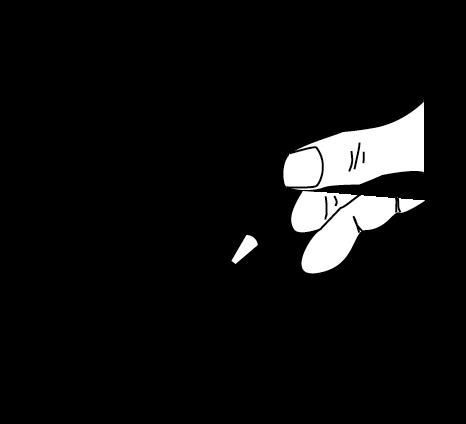
Another useful technique is to use a grid system to ensure accurate proportions and placement of elements in your sketch. This technique can help you break down complex subjects into manageable sections, allowing you to focus on capturing each detail accurately.
Creating Dynamic Compositions and Layouts
When it comes to creating dynamic compositions and layouts in nature sketching, there are a few key points to keep in mind.
First, the rule of thirds can help bring balance and visual interest to your sketches by dividing the composition into thirds both vertically and horizontally.
Secondly, leading lines can guide the viewer's eye and create a sense of depth and movement within the sketch.
Lastly, negative space, or the areas of the composition that are left blank or unoccupied, can provide a sense of balance and enhance the overall composition.
Rule of Thirds
Utilizing the rule of thirds, artists can create dynamic compositions and layouts that enhance the visual impact of their nature sketches. This technique involves dividing the canvas or paper into nine equal parts using two horizontal and two vertical lines, resulting in a grid.
By placing key elements of the sketch along these gridlines or at the intersections, the composition becomes more visually appealing and balanced. The rule of thirds encourages artists to explore different compositions and experiment with the placement of focal points. It allows for freedom in arranging the elements in a way that guides the viewer's eye and creates a sense of harmony.
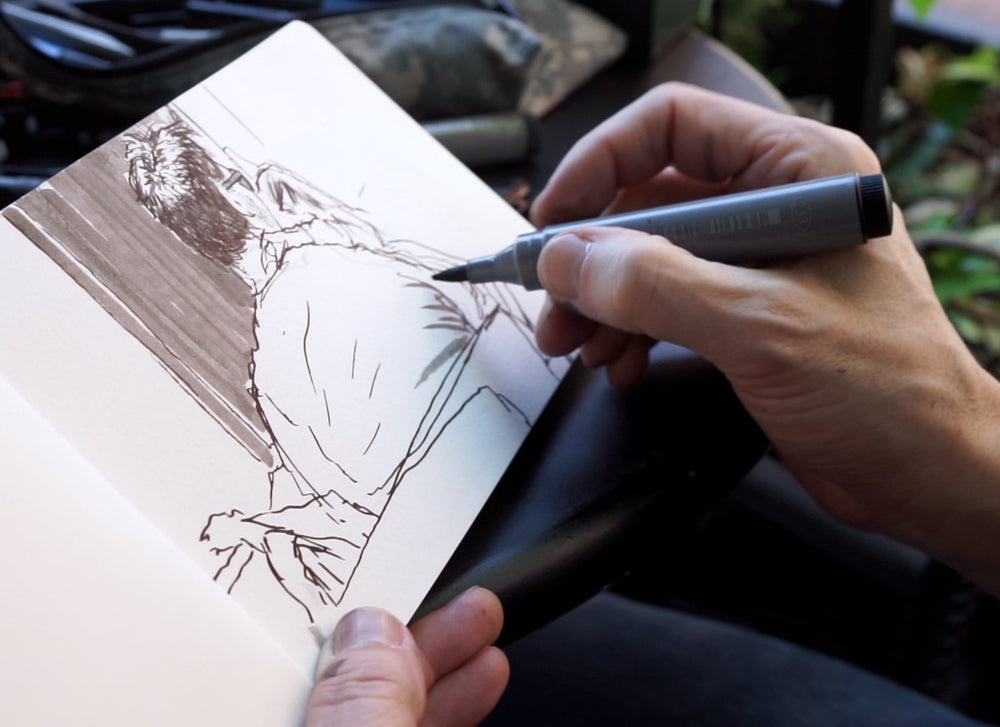
Leading Lines
One effective way to enhance the dynamic compositions and layouts of your nature sketches is by incorporating leading lines. Leading lines are compositional techniques that draw the viewer's eyes into the artwork, creating a sense of movement and depth.
They can be natural elements such as winding paths, flowing rivers, or tree branches that guide the viewer's gaze towards the focal point of the sketch. By strategically placing these lines, you can create a sense of perspective and depth, making your sketch more engaging and visually appealing.
Experiment with different angles and placements to find the most effective way to lead the viewer's eyes through your artwork. Incorporating leading lines in your nature sketches will give them a sense of freedom and exploration, making the viewer feel immersed in the scene.
Negative Space
The strategic use of negative space can greatly enhance the dynamic compositions and layouts of your nature sketches. Negative space refers to the areas of a sketch that are left blank or unmarked, allowing the subject to stand out more prominently. By incorporating negative space into your compositions, you can create a sense of balance, depth, and visual interest.
Here are four ways you can explore negative space in your nature sketches:
- Emphasize the subject by surrounding it with empty space, drawing attention to its beauty and intricacies.
- Use negative space to create a sense of movement or flow within your composition, guiding the viewer's eye through the sketch.
- Experiment with different shapes and sizes of negative space to create unique and visually appealing compositions.
- Utilize negative space to create contrast and highlight the focal point of your sketch.
Experimenting With Different Sketching Materials
When exploring the realm of nature sketching, it is essential to familiarize yourself with a diverse array of sketching materials. Experimenting with different materials allows you to explore organic textures and unleash your creativity in unconventional ways.
Traditional sketching tools such as pencils and charcoal are excellent for capturing fine details and shading. However, don't be afraid to explore beyond the conventional.
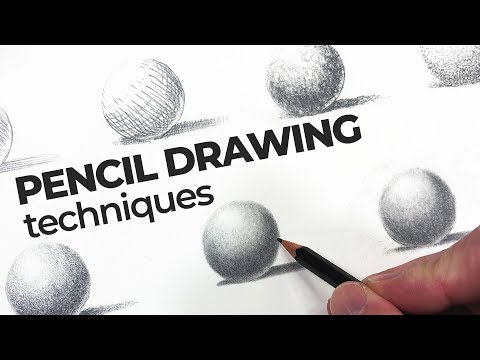
Try using watercolor pencils to add vibrant splashes of color to your sketches or experiment with pastels for a soft and dreamy effect. Natural materials such as leaves, twigs, and feathers can also be used as unique tools to create interesting textures and patterns.
Frequently Asked Questions
How Long Does It Take to Become Proficient in Nature Sketching?
Becoming proficient in nature sketching requires time and practice. Overcoming challenges through perseverance and seeking guidance from experienced artists can expedite the learning process. Nature sketching offers numerous benefits for mental health, promoting relaxation, mindfulness, and connection with the natural world.
Are There Any Specific Techniques for Sketching Water or Moving Subjects?
When sketching water or moving subjects in nature, specific techniques can be employed to capture their essence. By carefully observing the flow, transparency, and reflections of water, and by using gestural lines and shading, movement can be effectively conveyed in nature sketches.
How Can I Add a Sense of Movement or Motion to My Nature Sketches?
To add a sense of movement to your nature sketches, it is crucial to employ sketching techniques that capture the beauty of nature in motion. By utilizing techniques such as gestural lines and shading, you can effectively convey the dynamic essence of your subject.
What Are Some Tips for Sketching Animals or Wildlife in Their Natural Habitat?
Tips for sketching animals in their natural habitat involve studying their behavior, observing their surroundings, and capturing their essence on paper. When sketching birds in flight, focus on capturing the movement and grace of their wings.
Can You Recommend Any Resources or Books for Further Improving My Nature Sketching Skills?
Recommended resources and books for improving nature sketching skills include "The Art of Field Sketching" by Clare Walker Leslie and "Drawing Nature for the Absolute Beginner" by Mark Willenbrink. These resources provide valuable techniques for sketching landscapes and wildlife.
 Writing TipsCreative WritingJournalingSketching TechniquesBuying GuidesPrivacy PolicyTerms And Conditions
Writing TipsCreative WritingJournalingSketching TechniquesBuying GuidesPrivacy PolicyTerms And Conditions
